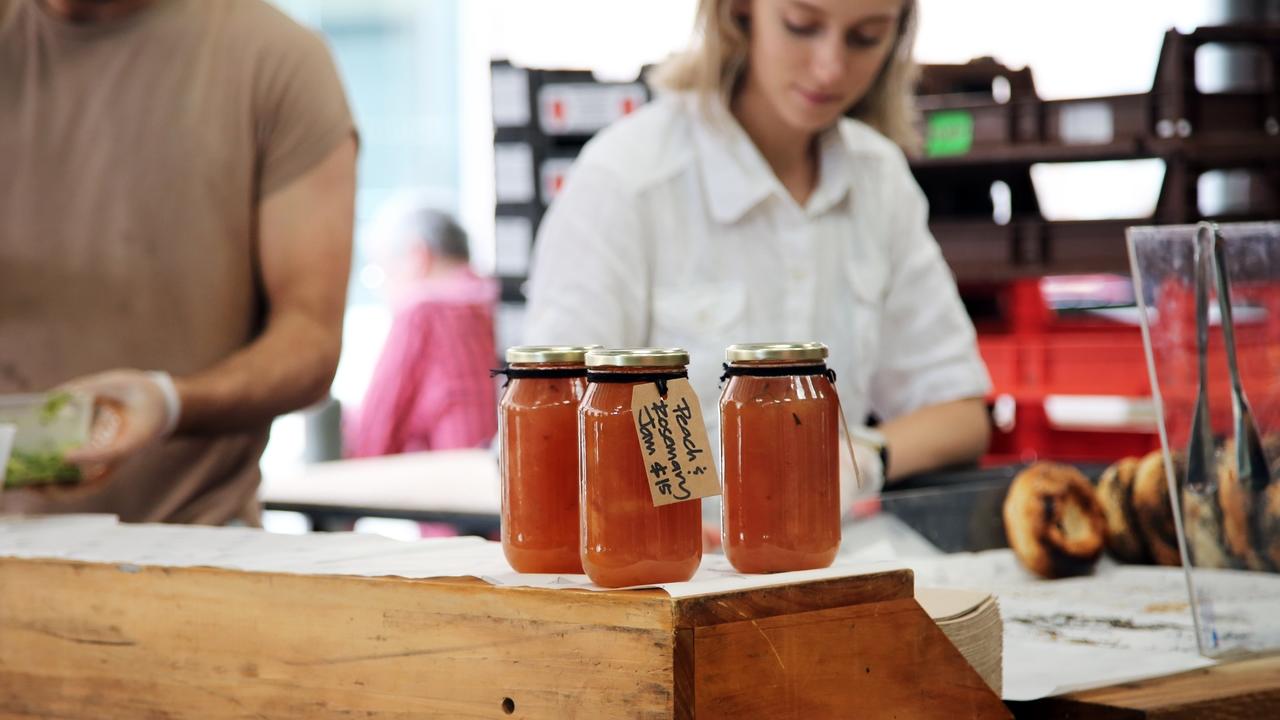Can I Call My Food Healthy?

You’ve worked hard caring about and developing your food product. You know what’s in it and you selected the best ingredients because it matters to you what goes into your customers bodies. But just because you think it’s “healthy” doesn’t necessarily mean you can label your product that way without knowing the rules.
Whether you can call your product “healthy” depends on a number of factors. The first thing to figure out is what laws apply to your product. That will tell you what government agency or agencies you need to pay attention to.
Is your product packaged and sold across state lines? If so, you are most likely governed by the Federal Food, Drug, & Cosmetic Act and subject to the FDA’s definition of “healthy.” Most processed and packaged foods (excluding primarily meat and poultry products) will fall into this category.
The term “healthy” -- or any similar term -- can only be used if your food meets certain nutrient requirements for total fat, saturated fat, cholesterol, sodium and certain other nutrients. You can click here to see if your product complies. Note that if your food does not meet the low fat requirement, the FDA will give you a pass so long as the mono and polyunsaturated fats comprise the majority of the total fats. The FDA statement on this issue can be read here.
It’s important to do an analysis before you label your product healthy and put them on shelves. The FDA has pursued legal action against businesses that have failed to follow the regulations, costing the businesses a lot of money in legal and compliance fees, so do you homework.
If you run a restaurant, food truck, sell jam at a farmers’ market, or run some other local food service, chances are you aren’t regulated by the FDA. In that case, you aren’t required to follow FDA guidance or regulation on what it considers “healthy.” But just because you aren’t regulated by the FDA, doesn’t mean you are free to use “healthy” with reckless abandon! You are still subject to state consumer fraud laws, which prohibit false or misleading statements.
So, the question you should ask is whether your particular use of the word “healthy” is false or misleading in any manner. Because the answer to what is “healthy” is subject to individual viewpoints, it’s best to describe to your consumers why the particular food item is healthy. Or maybe couple the term with other descriptors, such as “healthy vegan lentil soup.” This lets your customer know that your health claim relates to its vegan quality.
If you’re still unsure, just remember that honesty is always the best policy for labeling, menu boards and advertisements. To learn more about labeling, please visit the course section of our website.
Stay connected with news and updates!
Join our mailing list to receive the latest news and updates from our team.
Don't worry, your information will not be shared.

